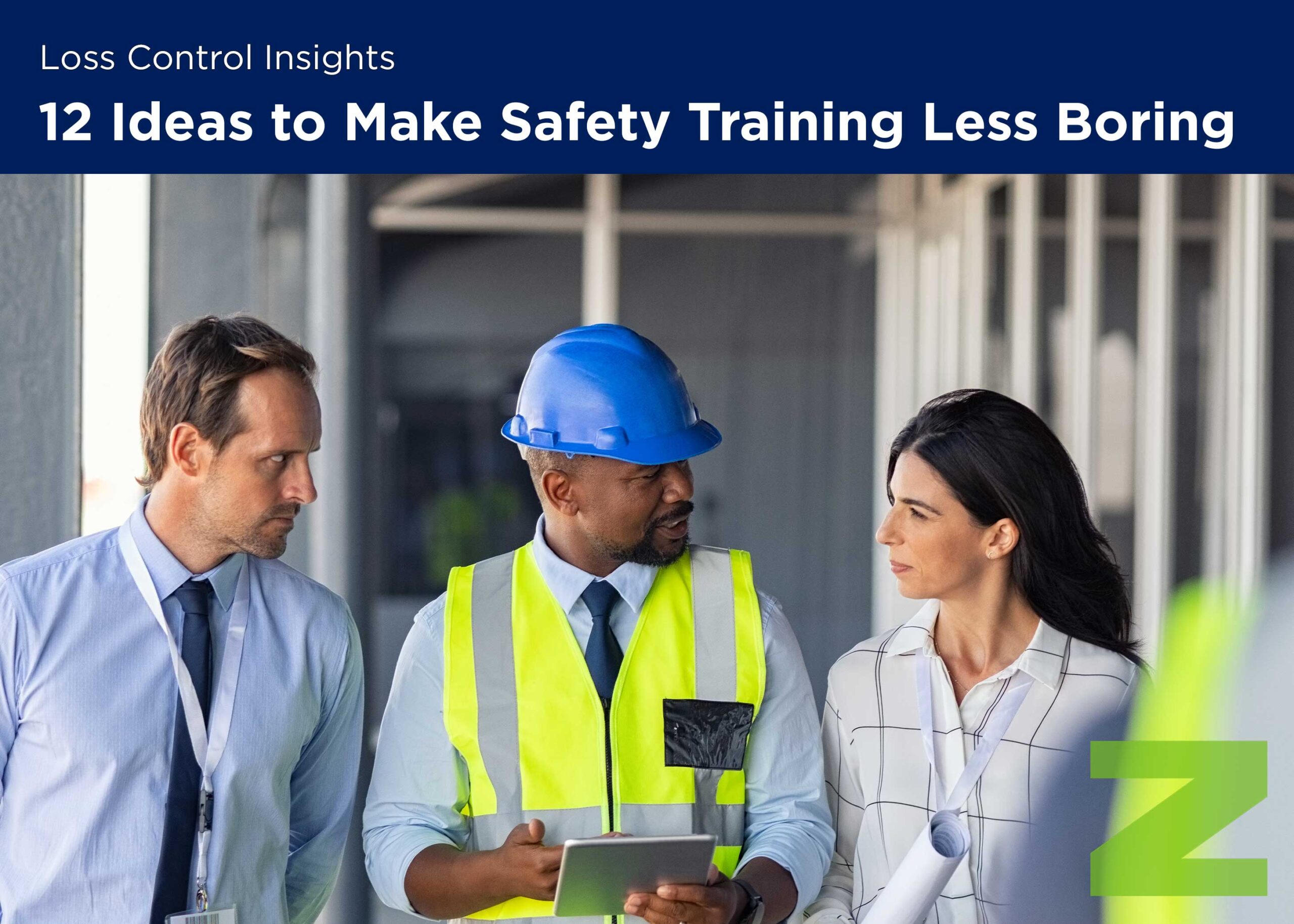Management has the most control over safety. Posters do not sell safety. It requires a steady commitment from management, so that is the first place to start.
Just ask a worker where they think safety ranks in the company. Encourage open-minded dialogue. Various studies have shown that for every $1 invested in safety, the return can be anywhere from $2 and $6. That should get anyone’s attention.
Here are some important tips:
- Make providing a safe workplace a core organizational value.
- Treat safety like delivering a quality product or service: Believe in it.
- Set high expectations for safety, which starts with leadership.
- If management is not actively involved in safety, ask why. Address the “why” and you can help find a solution.
- Intermittent safety does not work. It must be continuous.
- Focus on assisting management to set a positive example of safety through their own actions.
- Use your own expertise and experience to teach what a best-in-class safety environment looks like.
- Realize that taking one safety shortcut, especially one allowed by management, can have long-term damage on the safety culture within an organization.
- Focus on how change will positively affect keeping workers and others safe, not on the cost. Increased profits will be one of the benefits.
Management does not want to see someone get hurt or have a loss occur. Workers do not want to get hurt. You can make a difference and possibly save a life.
#zorninsight





